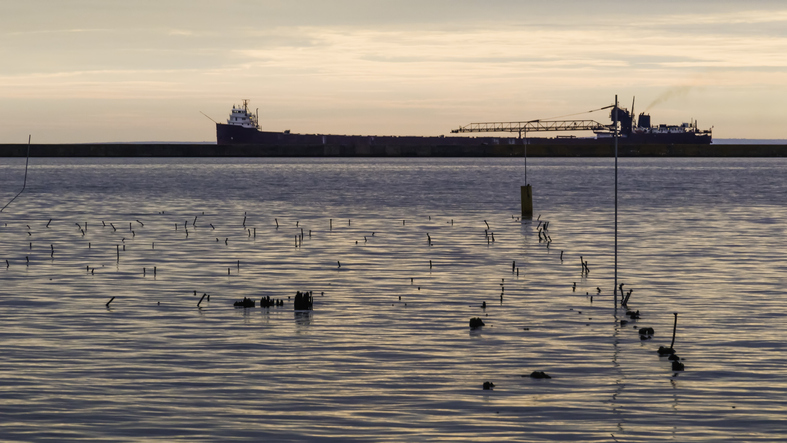
They’re good effects!
Lost in months of debate surrounding the effect of steel tariffs on downstream production are the positive developments happening upstream.
Here are a few examples:
In Toledo, Ohio, Cleveland Cliffs is investing $700 million into a hot-briquetted iron (HBI) plant. That’s certainly good for Northwest Ohio; during its construction 1,200 jobs will be created, and 130 jobs will exist at the plant permanently once its completed.
“This reinvestment will help modernize the steel industry of this country, we will become a major supplier of the most modern product that will move into mills across this region,” said Rep. Marcy Kaptur (D-OH) to the Toledo CBS affiliate.
"You can’t spend money if you don’t make it.” Wendi Thompson
That news out of Ohio is being felt a few Great Lakes away. Northshore Mining, based in Silver Bay, Minnesota, is also getting new investment. This Iron Range production facility will be the mine supplying the taconite pellets needed to make HBI at the Toledo plant. It received a $50 million investment in 2018 and will receive another $25 million this year.
And, despite a recently bumpy road, Mesabi Metallics is looking to revive two stalled Iron Range projects – a mine facility and a pig iron plant – that could ultimately lead to a total of $3.7 billion invested in investment and a lot of permanent jobs.
These are domestic investments and jobs created thanks to the cover that tariffs have provided. And economic activity reverberating in the local economies of northern Minnesota is another result. As mining activity picks up again, businesses have experienced increasing profits and towns have attracted new economic investment.
“Things are way better than I anticipated. And I think it’s that the miners are back to work, said Hibbing business owner Wendi Thompson to the Star Tribune. "You can’t spend money if you don’t make it.”
